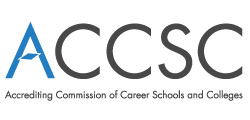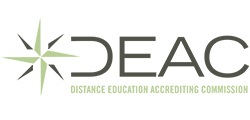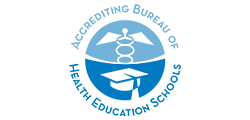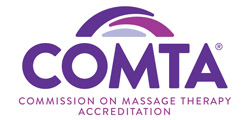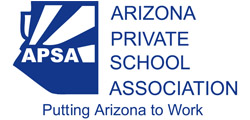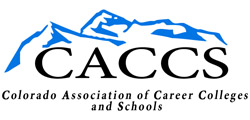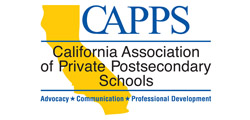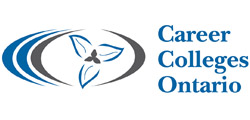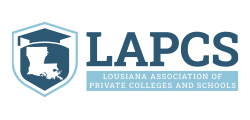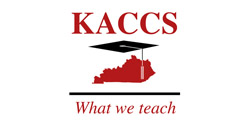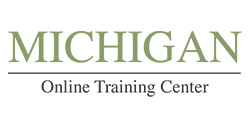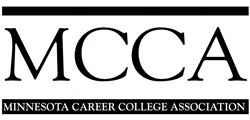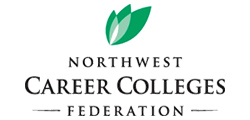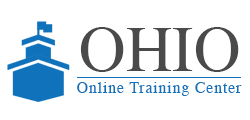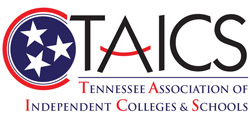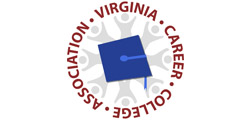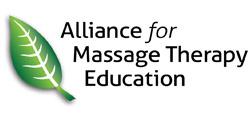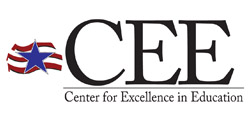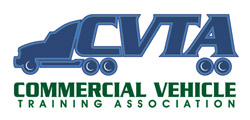Badge Evidence | Completed Courses (4 Hours Each)
ED101Effective Teaching Strategies
This introductory course covers the essential roles of a teacher and the competencies required to be a successful instructor in an educational institution. Proven techniques and strategies for planning and preparation are presented and discussed. In addition, the course offers effective methods for conducting the first class meeting and delivering course content. This course provides a solid foundation for new instructors and serves as an excellent refresher for more experienced instructors.
ED102Student Retention Methods
The instructor is the real key to student retention at any educational institution. Instructors must keep focused on student motivation and retention each and every day of class. Developing strategies for retaining students throughout the entire training sequence is both complex and rewarding. All instructors should have the goal of seeing all of their students successfully complete their class. This course helps you reach that goal by helping you to understand your students and use proven motivation and retention techniques to keep them enrolled and engaged in the learning process.
ED109Preparing and Creating Lesson Plans
This course will inform you of how careful lesson planning can help to ensure increased student engagement. Proper lesson planning will enable you to teach effectively and efficiently, and ultimately help students meet learning objectives. The information in this course will provide the framework for instructional development enabling you to properly structure a detailed, well thought-out lesson plan.
ED112Influencing Student Motivation
This course is intended to offer a practical explanation of how an instructor’s behaviors and choices can influence the motivation of students. It is not intended to be a theoretical or academic treatise about motivation. Module 1 offers useful tips that may help instructors to motivate students. Students’ security and autonomy are described as they influence motivation during instruction, questioning, activities, and evaluations. This is followed by a discussion of how motivation can be improved by enhancing students' sense of autonomy when making assignments, selecting instructional methods, implementing classroom procedures, and developing evaluations. In Module 2, intrinsic and extrinsic motivators are defined and compared. Finally, a variety of "miscellaneous motivators" are offered for instructors to consider.
ED135Teaching Multigenerational Learners
As students from different generations are enrolling in post-secondary settings today, instructors are presented with the challenge of how to engage, instruct and relate to these multigenerational learners. This course gives profiles of different generational learners and how they engage in the learning process. Content is shared on how to relate to learners of the different generations and how to use students' life experiences as learning opportunities. As technology is an essential part of instructional delivery, strategies are given for building on the abilities of multigenerational students to use social networks, portable media (given the parameters of school policy), and personal interaction. In addition, instructors are given methods that can be used to help students develop the critical thinking and interpersonal skills needed for career success.
ED136Assessment Alternatives for Instructors
Career education programs prepare students to perform job tasks successfully in their chosen trade or profession. Providing opportunities beyond traditional quizzes and exams allows students to demonstrate and assess these skills and aids in this preparation. This course focuses on how you, the instructor, can identify and implement alternative assessments that support expected course outcomes and allow students to demonstrate their level of competency for a skill or task.
ED137Cultural Diversity: Including Every Student
Cultural diversity includes a wide scope of differences. While we plan instruction to meet outcomes that are usually supporting a set of pre-determined standards, instructors are faced with a high level of diversity in every class group. It is important for instructors to be aware of diversity and strive to include every student, regardless of difference, in their learning community. This requires intentional planning and accessible instructional design that includes all students and empowers every student to succeed.
ED138Competency-Based Instruction
The term "Competency-Based Instruction" (CBI) is emerging as a new and preferred approach to education and the management of education. CBI is currently being evaluated at all levels of education, from K-12 to higher education and beyond. In traditional higher education it is referred to as CBE (Competency-Based Education) as it relates to specific competency-based programs. This course explores the topic in terms of the various characteristics of competency-based teaching and learning and highlights the most commonly agreed-upon benefits for students. The course also addresses the teaching approaches required to support a competency-based learning environment most effectively.
ED142Military Veterans: Integrating Veterans into Post-Secondary Classes
This course examines the various challenges veterans face when attempting to pursue courses of study following military engagements and service. While no instructor can possibly identify with every aspect of a veteran's experience, it is possible to become more aware of some of the challenges facing veterans as they reintegrate into civilian life. This course also examines effective instructional strategies in design and delivery to facilitate the success of veterans in a post-secondary environment.
ED143RThe Most Effective Instructor: Scholar and Facilitator
The most effective instructor is both a scholar and a facilitator. A scholar has a broad and deep command of knowledge in a particular field of expertise. However, for scholars to be effective instructors, they also need to be good facilitators. Facilitators help and motivate others to learn. This is as important as scholarship. In this course we will define and describe "the scholar" and "the facilitator" as individuals, although they are two roles played by one instructor and are of equal importance. We will examine the duties and functions of the instructor as both a scholar and a facilitator.
ED144Student Empowerment for Learning Success
This course explores the different components of student empowerment and the value that it has in learning success. Student empowerment is a necessary component for students as they transition to and through postsecondary training. Content will be presented that will raise awareness of what student empowerment is and how it can enhance the learning process for students. Strategies are given for enhancing the development of student empowerment that can be implemented both online and onsite.
ED206Teaching in the Lab and Shop Environment
The classroom in an educational institution is often more than just chairs, books, and a white board. Frequently the learning takes place in a lab or shop environment, where the traditional rules of classroom management and teaching may not always apply. This course covers the instructional techniques necessary for the non-traditional classroom, including strategies for teaching to each student's individual learning style. In addition, this course describes strategies for assessing student progress. Safety guidelines and considerations for specific lab and shop environments are identified.
EL104Teaching and Organizing a Virtual Learning Environment
This course will provide you with basic information to teach in a virtual learning environment and understand the importance of organizing course content. You will learn about the important role technology tools play in teaching and organizing an online course. You will also learn the difference between synchronous and asynchronous learning. As the components of each are discussed, you will further identify appropriate methods, develop guidelines, organize content, and establish a pattern of teaching for each method.


